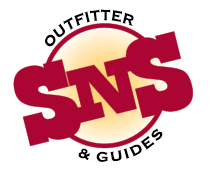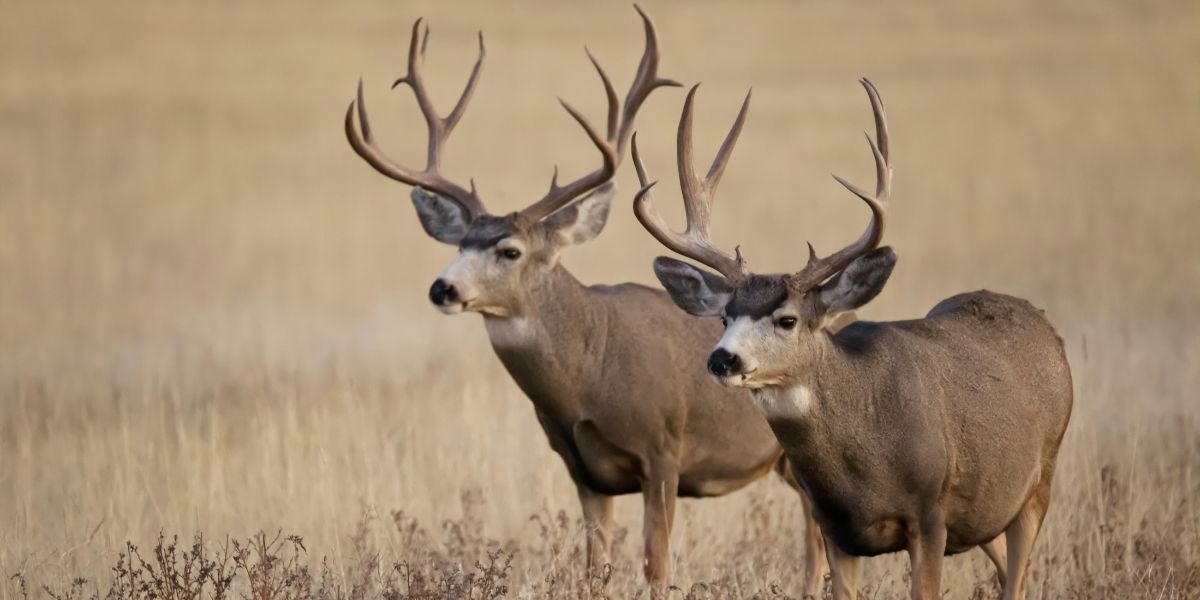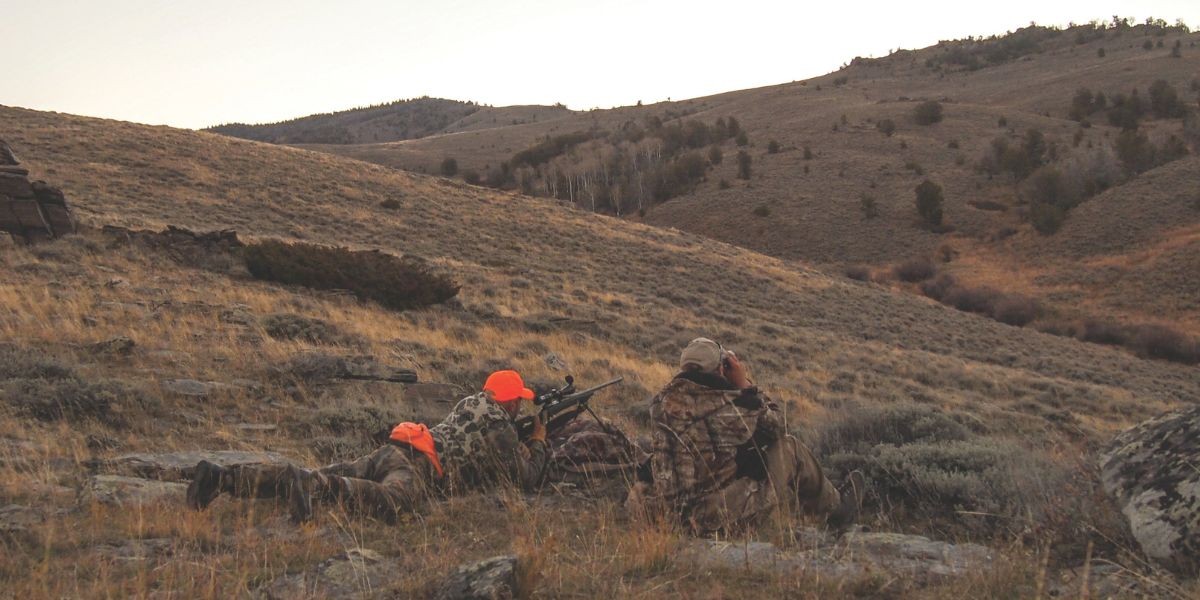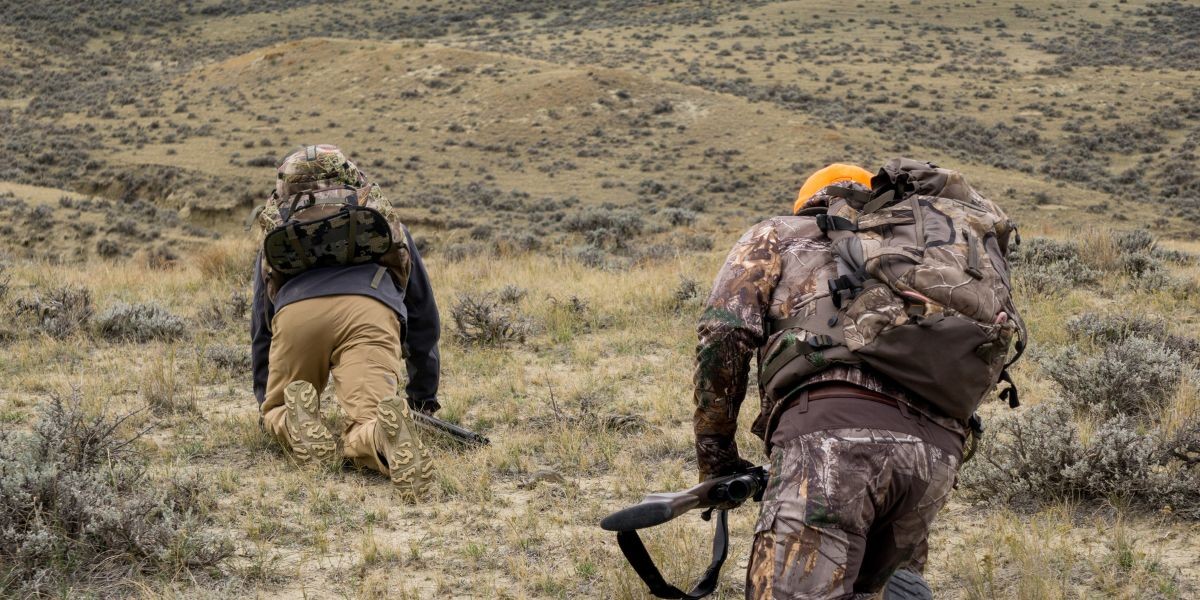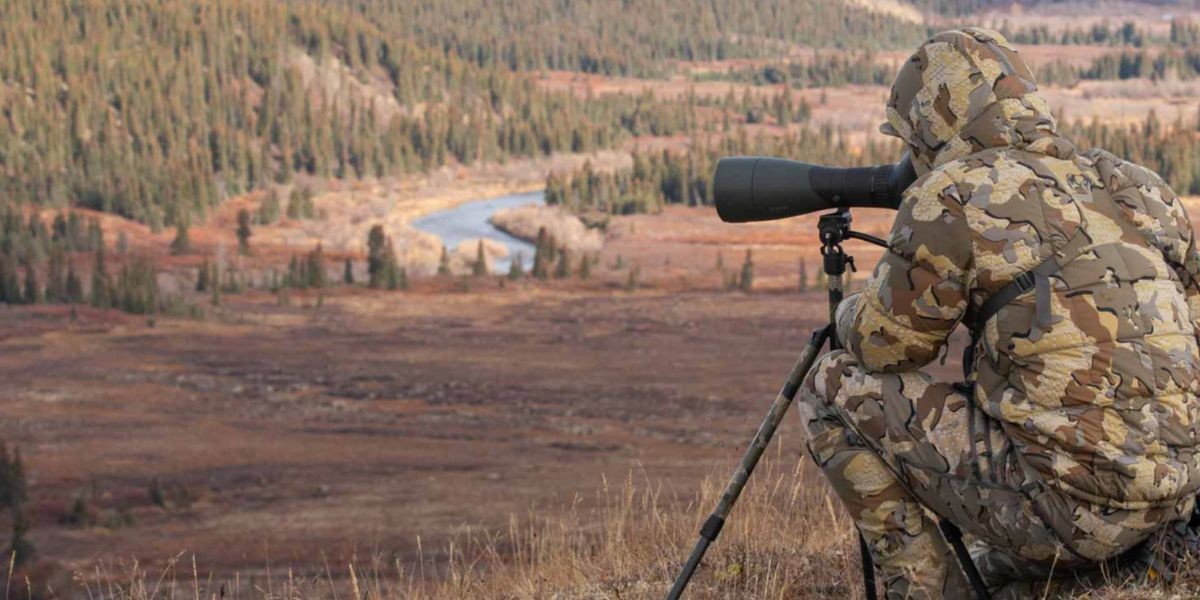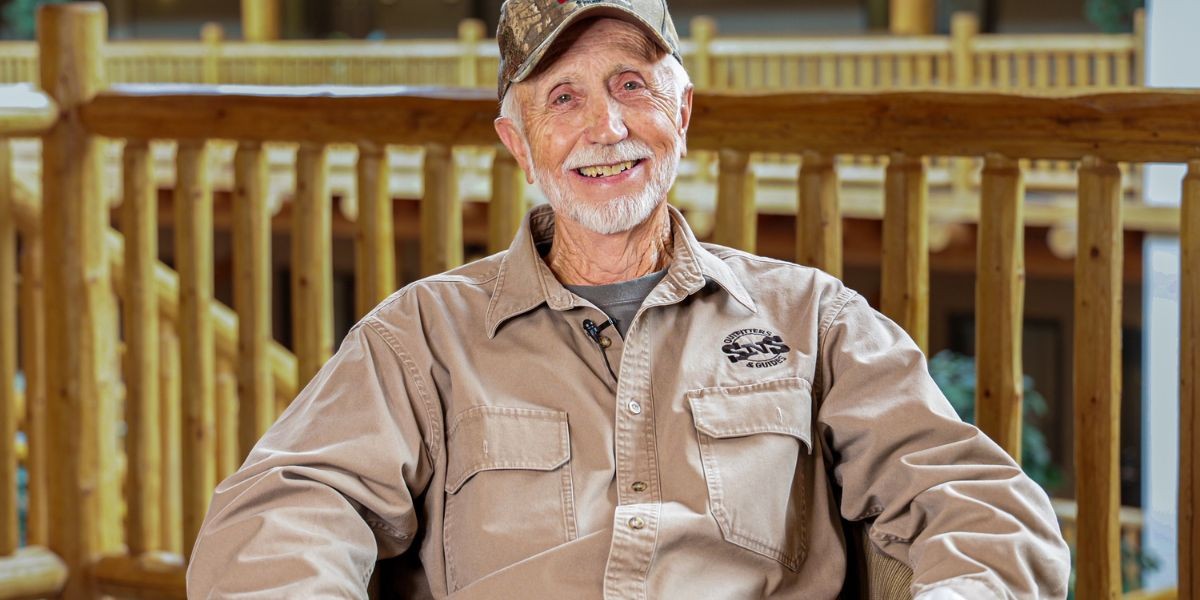
This is our third post in a series on mule deer hunting tips. In the first article, we shared our keys to glassing on a mule deer hunt, and in the second article, we offered a few tips on where to locate mule deer. In this post, we'd like to share with you some of our tips on stalking mule deer.
As we mentioned in the previous posts, we have seen a steady increase in the popularity of mule deer hunting over the last several years. Wyoming is one of the best places on earth to chase these magnificent animals and we continually receive questions about mule deer hunting opportunities. Their size, the challenge, and the spectacular country that they inhabit all combine to make for an unforgettable big game hunting experience.
After more than 30 years of hunting mule deer in Wyoming, we have see our share of successes and mistakes along the way. Mule deer are notoriously difficult to get close to. Stalking these animals requires a great deal of patience and care. Here are our top 5 tips for stalking mule deer:
- Avoid unnatural noises.
You can often get away with natural noises like stepping on sticks or rolling a rock. But try to minimize any unnatural noise. Zippers and Velcro are the worst offenders. They will announce your presence to anything around. If you've never hunted in the high country, you will be shocked how far sound carries across these western landscapes. It's sometimes possible to listen to a conversation on the next ridge a half-mile away. In Wyoming, we see our fair share of wind. While that decreases the noise factor, it only makes game even more alert and nervous. Hence, the next two points...
- Don’t skyline yourself.
Whenever you’re on the move, make every attempt not to skyline yourself on a hilltop or ridge. Travel below ridgelines and conceal your movements with hills, ravines or vegetation as much as possible. Mule deer have good vision and will pick out your silhouette on a skyline in a heartbeat.
- Pay attention to the wind.
Wind isn’t as critical when rifle hunting as it is when hunting with a bow, but it’s still a factor. Pay attention to the wind and plan your stalk accordingly. Remember that unless there’s another prevailing wind, thermals will be dropping before sunrise and after sunset. When the sun is up, thermals will be moving uphill.
- Be patient when you don’t have an approach.
If you spot deer but you can’t get within range because of a lack of cover or bad wind, don’t rush in. If you don’t bump them, they are likely to hold the same pattern and be in that area the next day. Mule deer are creatures of habit, much more so than elk. If you blow them out, you probably won’t see them again. But stay patient, and you'll likely get another shot.
- Don’t bump the does.
If you find a group of does, act just like you would if it were a giant buck. Do everything you can to avoid bumping them. Even well before the rut, you never know when a buck will appear. When the run begins in November, this becomes even more critical. Glass long enough, and you might spot a buck hanging with the does. By keeping does in the area, there's a good chance a buck will turn up.
For more information on Wyoming mule deer hunts with SNS Outfitter & Guides, please visit our Mule Deer Hunting Page. For information on hunts for pronghorn antelope, elk, black bear, whitetail deer and other opportunities in Wyoming and Montana, be sure to visit our Home Page. You may also request a free color brochure or call us anytime with questions at 307-266-4229.
